One Pillar Pagoda – a masterpiece of Buddhist architecture in the heart of Hanoi – is a unique architectural work, an everlasting symbol, associated with the thousand-year history of the country. First built in 1049 under the reign of King Ly Thai Tong, this small pagoda not only bears the mark of Buddhism but also evokes the sacred story of the king's dream. In that dream, Bodhisattva Guanyin appeared, sitting on a radiant lotus and guiding the king. When he woke up, the king decided to build a pagoda with the image of a lotus rising from the water, as a prayer for peace and lasting blessings for the people.
One Pillar Pagoda in the blue sky,
Lotus flowers grow forever, peaceful and fragrant.
A thousand years of strong stone pillars, the sacred soul of the nation, the love of heaven and earth.
One Pillar Pagoda is not only special in its shape but also in its profound meaning. Built on a tall stone pillar, the small and pretty pagoda lies in the middle of a peaceful space, like a lotus spreading its fragrance in the middle of a calm lake. The image of the lotus flower - a symbol of purity and holiness in Buddhism - has penetrated deeply into the consciousness of every Vietnamese person. The architecture of the pagoda is a delicate combination of art and religion, of solidity and gentleness, creating a unique and rare work of art.
One Pillar Pagoda. Photo: Collected
Looking back at history, in 1105 under the reign of Ly Nhan Tong, the pagoda was expanded with the construction of Linh Chieu Lake surrounding it, creating a poetic natural landscape, blending with the spiritual space. However, through many ups and downs, especially the destruction by French colonialists in 1954, the scale of the pagoda was reduced, leaving only the small pagoda that we see today. However, after being restored, One Pillar Pagoda still retains its original features, carrying within it the profound cultural and spiritual values of the capital Hanoi.
One Pillar Pagoda, also known as Lien Hoa Dai, has a solid structure, with two large stone pillars meticulously joined together. The wooden frame above is solidly designed, supporting the curved tiled roof with the image of two dragons facing the moon, majestic and solemn. Whether looking from afar or standing under the tiled roof, people can feel the powerful rise of the lotus, expressing the noble spirit and boundless compassion of Buddhism. The entire architecture is a wonderful harmony between the lotus image and the solid structure, creating a perfect symmetry between earth and sky.
“Two dragons worshipping the moon” on the temple roof. Photo: Collected
The space around the pagoda further enhances the elegant beauty of the structure. The lake below is like a mirror reflecting the image of the pagoda, creating absolute harmony between the calm water surface and the soft, curving architecture. The natural scenery and surrounding trees contribute to making the space more tranquil, helping people's souls become lighter and purer. Every time we look at the One Pillar Pagoda, we seem to see the harmony between the past and the present, between spirituality and reality, calming the chaos of life.
Through the ups and downs of history, the One Pillar Pagoda still stands firmly in the heart of the capital, undimmed by time. The small pagoda does not have a three-door gate or a massive bell tower, but still exudes majesty and vitality. This is not only an iconic architectural work of Hanoi but also the pride of the whole nation, associated with indelible cultural and historical values. For every citizen, the One Pillar Pagoda is both a spiritual destination and a place to preserve traditional cultural values, helping them to find the most sacred things of the country.



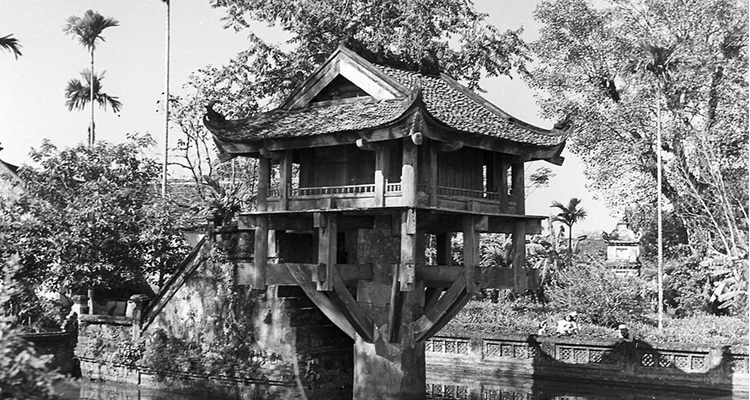
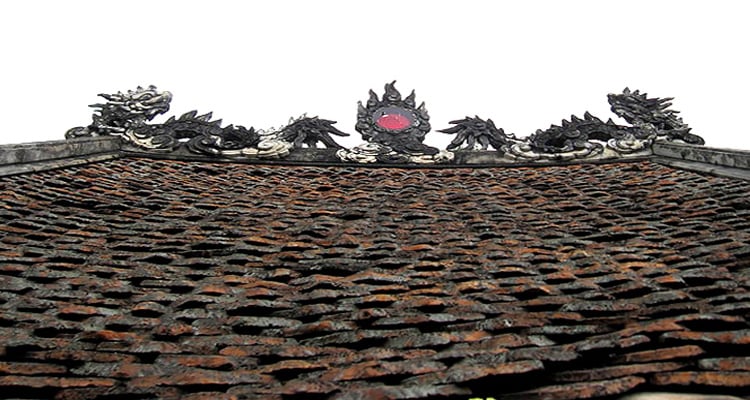
![[Photo] Prime Minister Pham Minh Chinh chairs the conference to review the 2024-2025 school year and deploy tasks for the 2025-2026 school year.](https://vstatic.vietnam.vn/vietnam/resource/IMAGE/2025/8/22/2ca5ed79ce6a46a1ac7706a42cefafae)

![[Photo] President Luong Cuong receives delegation of the Youth Committee of the Liberal Democratic Party of Japan](https://vstatic.vietnam.vn/vietnam/resource/IMAGE/2025/8/22/2632d7f5cf4f4a8e90ce5f5e1989194a)



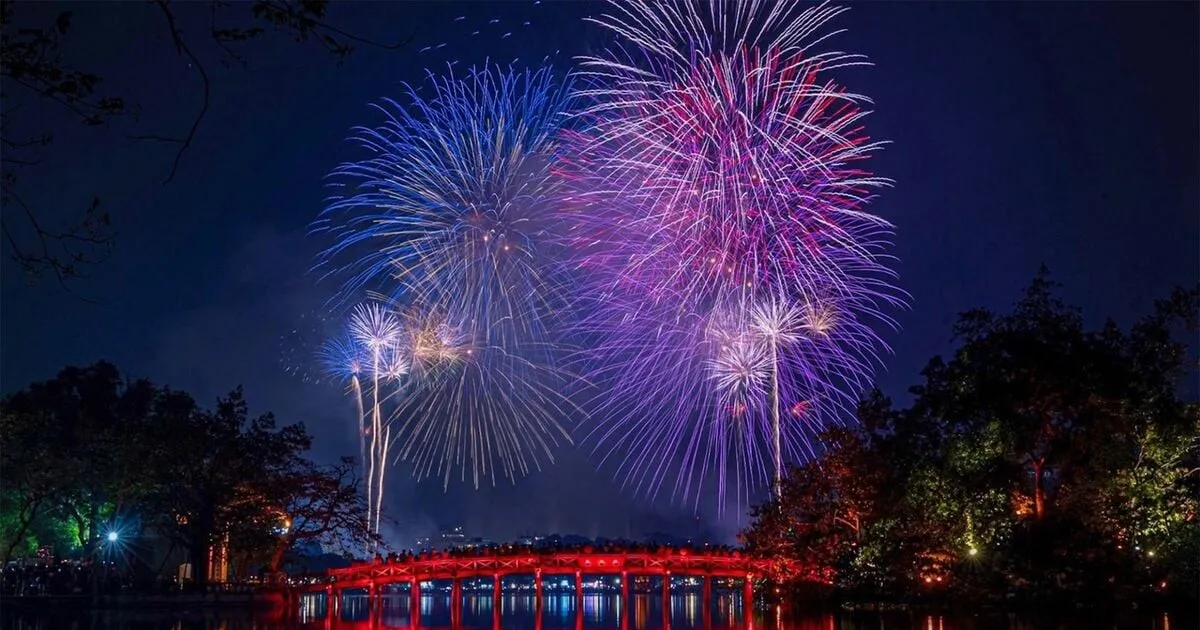

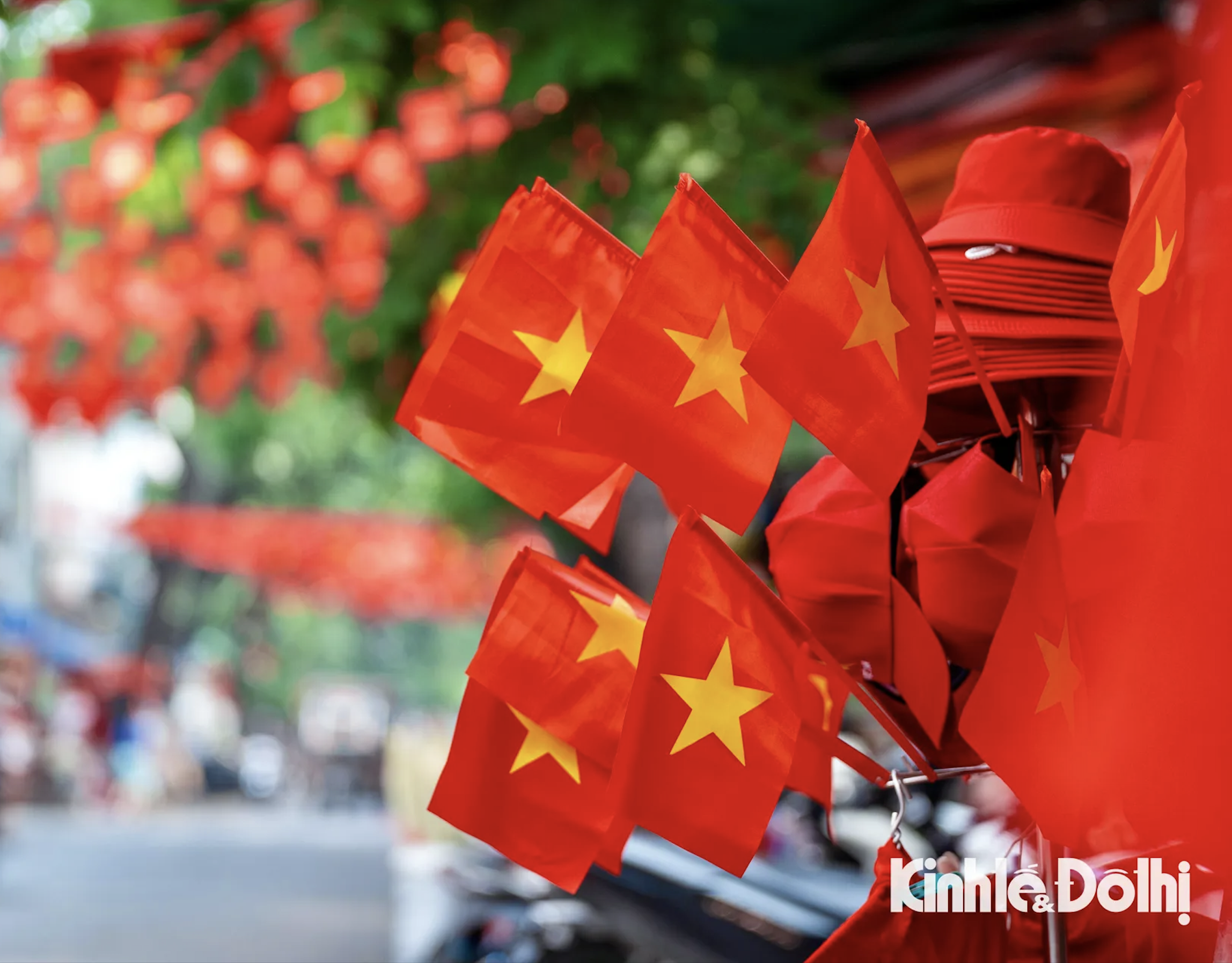

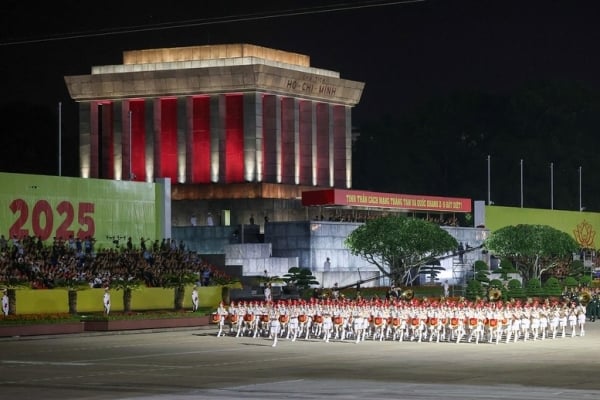

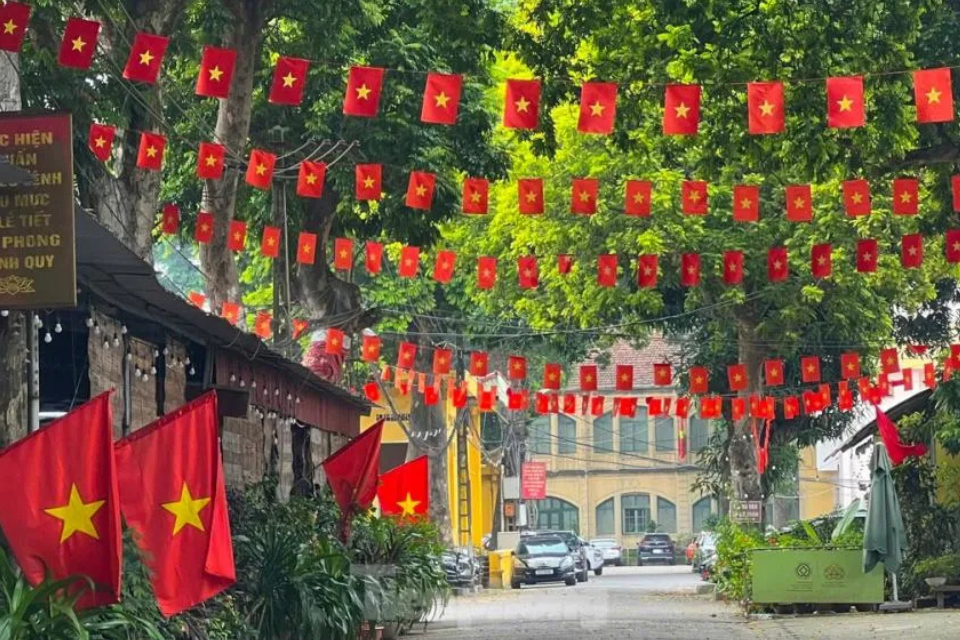













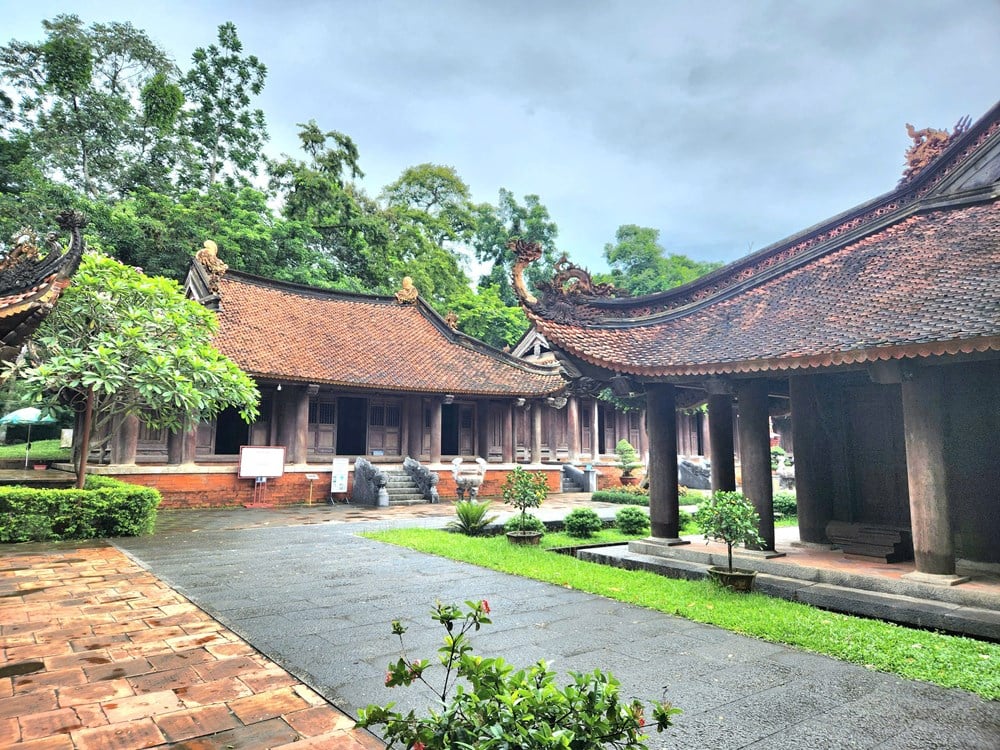

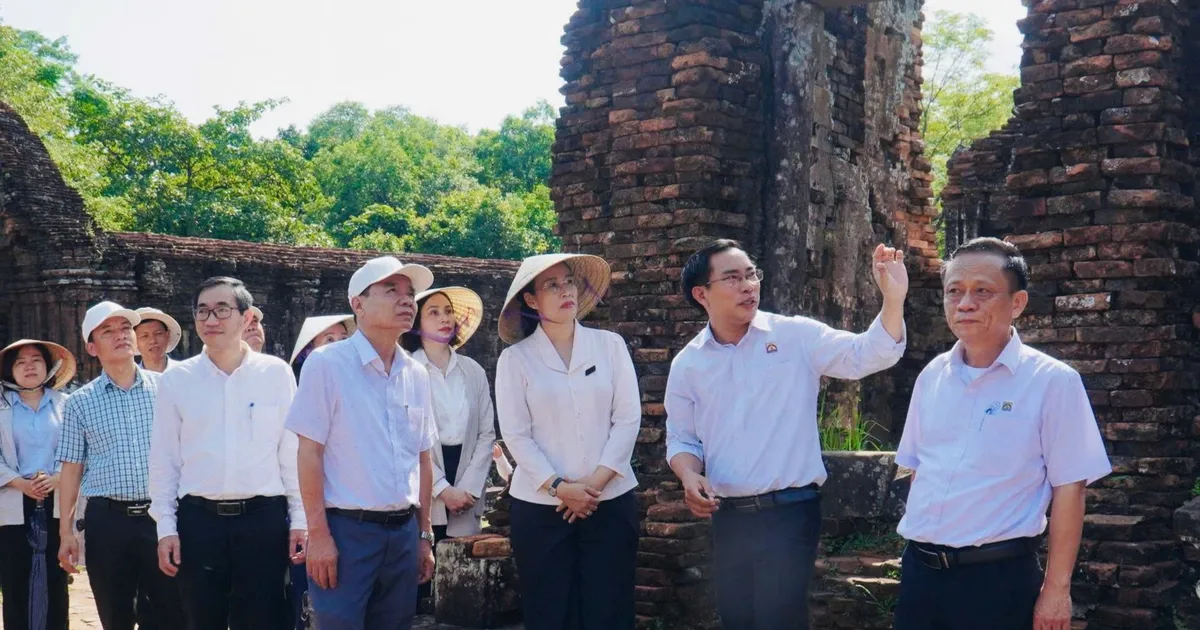



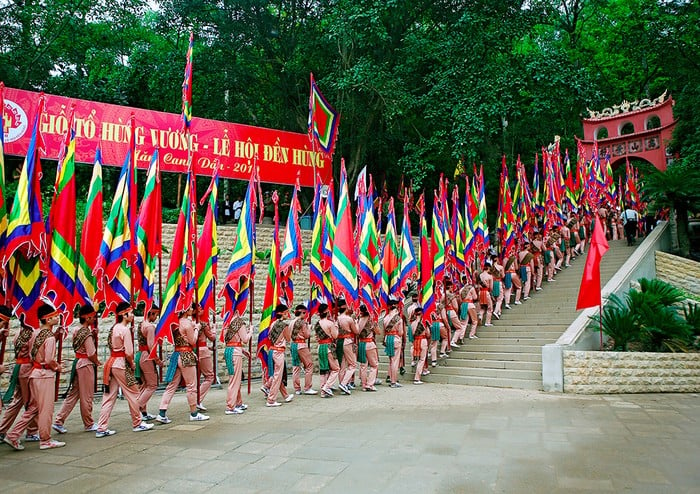
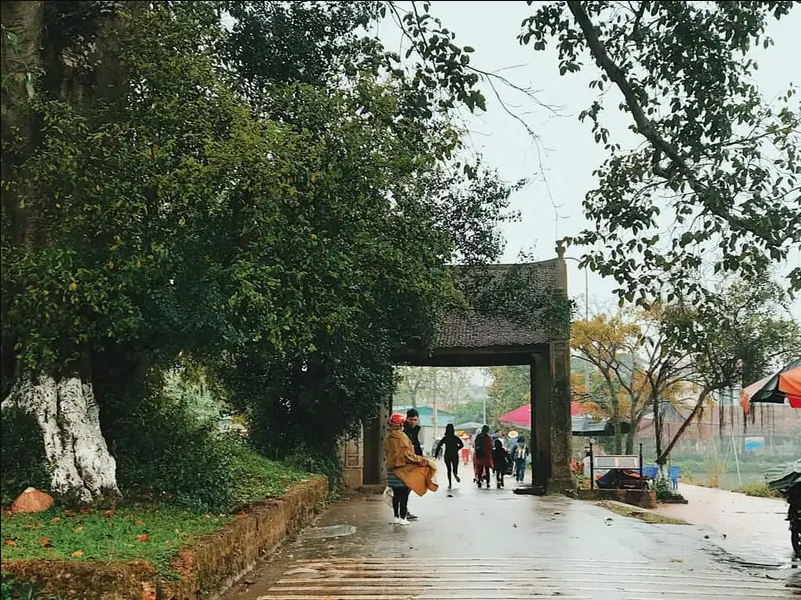

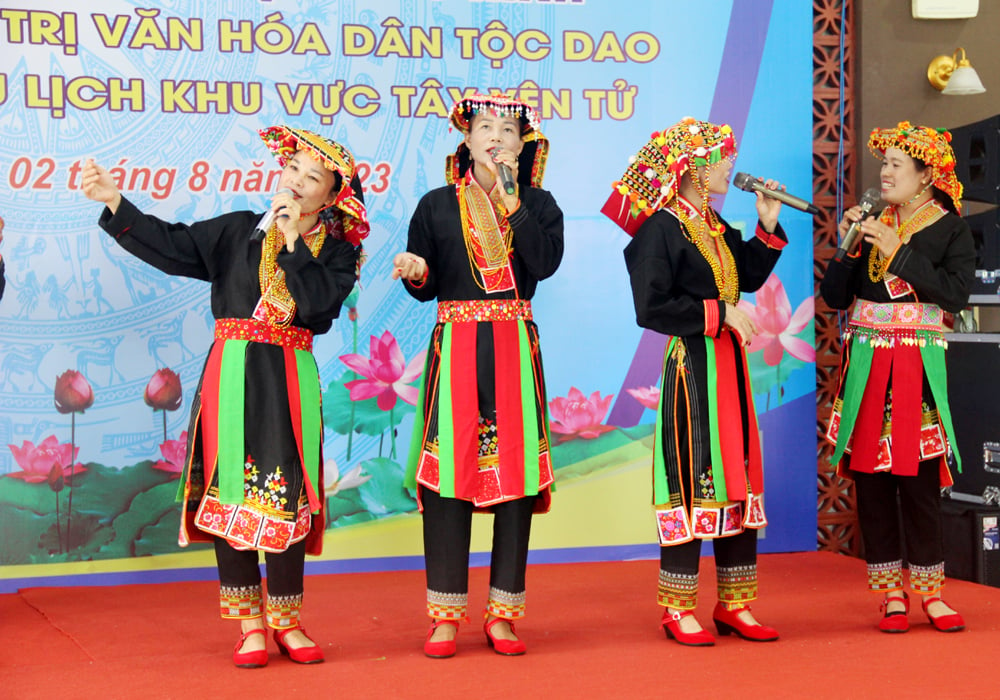
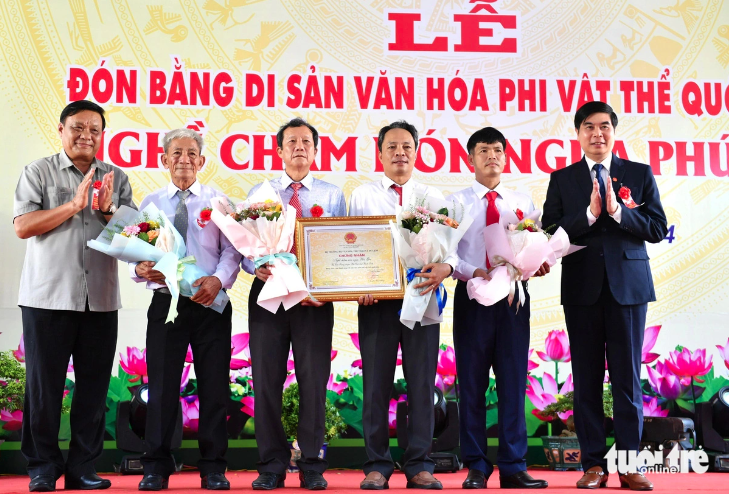



























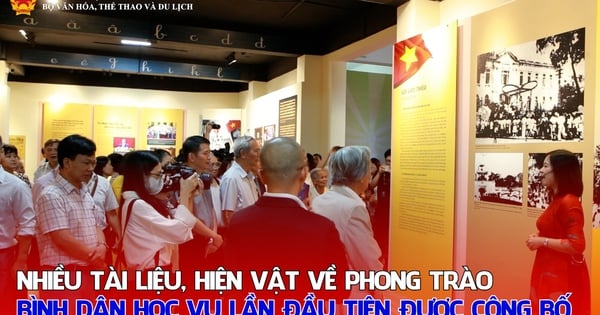


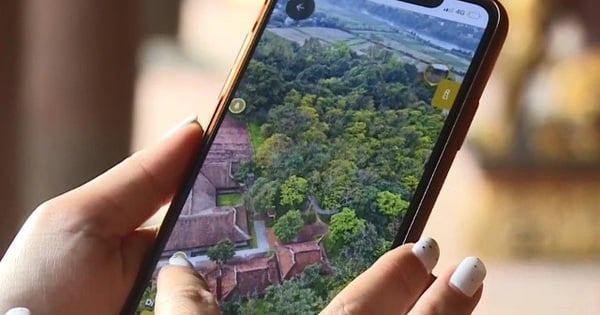




























Comment (0)